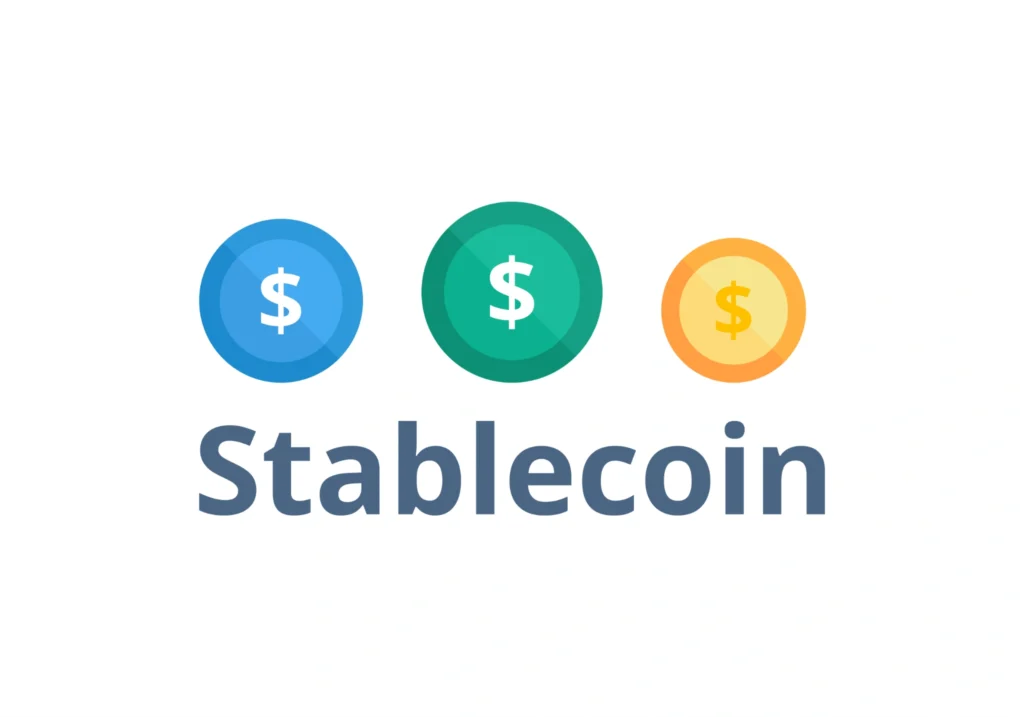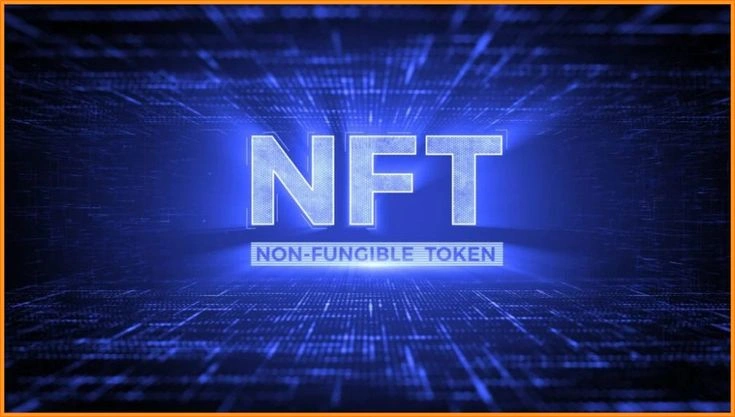Why Web3 Spending Behavior Is Shifting: Paycheck Living vs. Asset Power
Let’s face it—Web3 spending behavior is a whole different beast compared to traditional money habits. In the old world, it was pretty straightforward: you get paid, you spend, maybe you save if you’re lucky. But in the Web3 world? Things are fuzzier. Crypto wallets, NFTs, staking, airdrops, DAOs… Suddenly, people are juggling digital assets instead of cash, and “paycheck-to-paycheck” has a whole new vibe.
Some folks in this space still live close to the edge—spending tokens the minute they get them, hoping their next gig pays out in time. Others? They’re building mini-empires, stacking coins, and flexing with assets that, frankly, didn’t exist a few years ago. This split—between paycheck-style living and asset-backed flexibility—is quietly reshaping how we think about money in the decentralized economy.
The New Financial Identity: Web3 Spending Behavior 101


First up, let’s unpack what Web3 spending behavior even means. Unlike traditional finance where your money is just… well, money, Web3 introduces a spectrum of “value.” Maybe you’re getting paid in ETH or a DAO’s governance token. Maybe your gig pays in stablecoins, or you’re holding JPEGs that (in theory) might be worth thousands—on a good day.
The way people treat these forms of payment varies wildly. Some treat tokens like cash—spend, swap, move on. Others treat them like stock—hold, speculate, maybe stake for passive income. This creates two very different financial mindsets, and it’s not always about how much someone earns. It’s more about how they think money should work in Web3.
Paycheck-to-Paycheck in the Decentralized World


Here’s the thing—just because you’re in Web3 doesn’t mean you’re financially free. Many freelancers, builders, and even creators in this space are still operating paycheck-to-paycheck… just in crypto form.
They might be earning from bounties, gigs, or NFT royalties, but it’s inconsistent. One week could bring a solid payout from a mint—next week, crickets. Volatility plays a huge role, too. Getting paid in tokens means your “paycheck” might be worth 20% less (or more) by the time you use it.
And don’t forget gas fees—imagine trying to pay rent, but the bank charges you $60 to move your money. That’s Web3 life, sometimes.
It creates stress. It’s flexible, sure—but only to a point. When your financial runway depends on token swings or whether your DAO votes to pay on time… well, that’s a rough version of financial freedom.
Asset Flexibility: The Other Side of the Coin


On the flip side, some folks are crushing it. They’re not living paycheck to paycheck—they’re living asset to asset. Instead of worrying about when their next payout hits, they’re leveraging what they already have in their wallets.
Maybe they’re staking tokens for passive income. Maybe they own NFTs with utility—access to tools, communities, or events that save them real-world cash. Some are yield farming (though that’s a rollercoaster in itself), or flipping tokens/NFTs as part of a bigger portfolio strategy.
Point is, they’ve moved past linear income. They’ve found ways to make their Web3 assets work for them—sometimes even in ways that surprise even them. It’s not always smooth or safe, and it’s definitely not guaranteed… but it’s more than just a paycheck.
What’s Driving the Split in Web3 Spending Behavior?

A few factors:
- Experience level – Veterans tend to diversify; newcomers chase fast money.
- Risk tolerance – Living off staking rewards? Cool. Living off meme coins? Risky.
- Earnings structure – Some projects pay in stablecoins; others use volatile native tokens. That changes everything.
- Access to tools and education – Those who understand DeFi mechanics can extract more value. Those who don’t? They’re stuck guessing.
And hey, let’s be honest—luck plays a role, too. Right-click-saving your way into generational wealth via NFTs in 2021? That window’s kinda closed.
So, Where Does Web3 Go from Here?
The future of Web3 spending behavior probably won’t be one-size-fits-all. There will always be users operating paycheck-to-paycheck—especially as new people keep entering the space. But asset-backed flexibility will keep growing too, as tools mature and people get savvier.
It’s possible we’ll see hybrid approaches—earning stablecoins, holding volatile tokens, using NFTs as collateral… the lines will blur. Flexibility will be the new norm, but the safety net might still be shaky.
If you’re in Web3, the big takeaway? Don’t just chase the next drop. Start thinking about how your assets fit together—how they can give you breathing room, optionality, maybe even freedom.
That’s the real shift happening in Web3 spending behavior—and it’s only just beginning.
Relevant news: HERE




